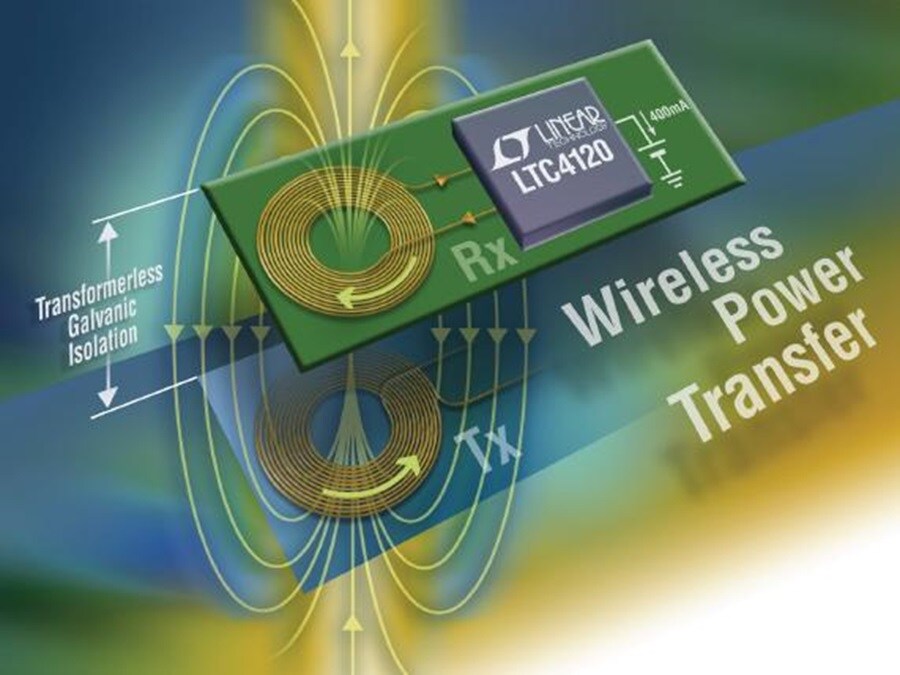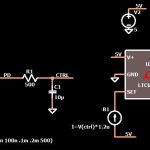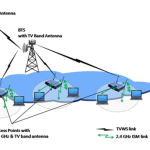Intel recently demonstrated a new ambitious plan of using wireless energy transfer in future devices. A light bulb can work without being connected to current-carrying wires! Is it possible that this technology will result in innovative new products?
Intel’s Ambition to Develop Wireless Powered Devices
Intel has recently demonstrated a simple wireless power transmission system where a light bulb can be turned on without the use of power cords.
Intel CTO Justin Ruttner claimed that the question is not whether this is possible to be done, but whether it can be done safely and efficiently. He suggested that safety issues are of concern, although magnetic fields are known not to affect the human body in contrast to electric fields. So, the power transmission is done through a magnetic field. The new technology relies on the old and well-established theory of the Tesla Coil that involves the use of resonant circuits that produce high voltage and high frequency alternating current and have the ability transfer energy.
The applications include: laptops, displays, computer components, cell phones and various devices that could be wirelessly recharged inside a room with the cordless power transmission installation (power mats for cell phone charging already exist).
The Intel CTO stated that this is a preliminary demonstration and since these are only the first steps, it is difficult to predict whether or when the commercialization of this new technology will take place.


Effects of Magnetic and Electromagnetic Fields on Human Health
According to the Scientific Committee on Emerging and Newly Identified Health Risks (SCENIHR) of the European Commission, electromagnetic fileds may be categorized as follows:
· Static Electromagnetic Fields (0 Hz: MRI, welding devices and video displays)
· Extremely Low Frequency Fields – ELF (0 Hz – 300 Hz: Welding devices, power lines, domestic appliances; electric car engines, trains)
· Intermediate Frequency Fields – IF (300 Hz – 100 kHz: Video displays, anti-theft devices, metal detectors, wireless control systems, card readers)
· Radio Frequency Fields – RF (100 kHz – 300 GHz Mobile phones, radars, TVs, microwave ovens, radio transceivers, mobile radios, MRI)
Their conclusions are primarily based on scientific articles, published in peer-reviewed scientific journals:
There are still no adequate data for the static magnetic field risk assessment. However, epidemiologic tests have shown that ELF magnetic fields are possibly carcinogenic and can cause of childhood leukemia. These tests do not indicate or explain the mechanism of how ELF magnetic field exposure may cause leukemia. Regarding the IF range, experiments are not adequate to provide any safe results. Further tests should be performed in order to evaluate the risk of long-term exposure to such fields. This is absolutely necessary since people are being more and more exposed to these fields. The same statement holds true for RF fields. The current situation indicates that an accurate evaluation is impossible taking into account the present data.
Will Wireless Power Transmission Dominate the Future Technology?
This is a really difficult question to answer. Taking into account that many promising technologies in the past have failed to dominate the market, we need to be cautious while attempting to assess the future technology situation.
Since there are no adequate experimental results and long-term studies to prove the bad effects of magnetic fields on human health, it could be easier to promote a wireless power technology. The fact that power transmission is done through static magnetic fields however, is a little dubious. High frequency alternating electromagnetic fields will probably be produced through these systems and the effect of these fields on human body is still unknown.
Besides the scientific concerns, commercial and marketing factors may also inhibit the development and promotion of this new technology.
Anyway, the extensive use of a technology highly depends on whether people are actually willing to buy the new gadgets and products. Provided that wireless power transmission systems are used in applications popular to the market, this new technology may actually have a future potential.


